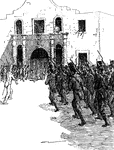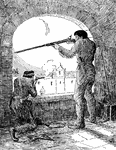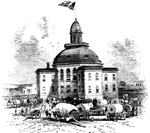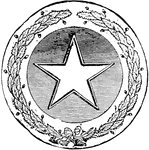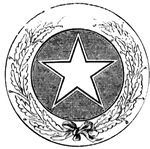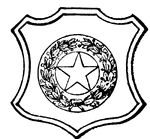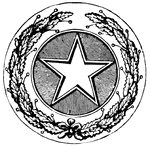Texas
The Texas ClipArt gallery includes 37 illustrations related to the Lone Star State.

28 Star United States Flag, 1846
Color illustration of a 28 Star United States flag. The additional star represents the state of Texas.…

28 Star United States Flag, 1846
Black line illustration of a 28 Star United States flag. The additional star represents the state of…

Agricultural and Mechanical College of Texas
The basis for funding for the college was established by the Morrill Act, passed by the US Congress…
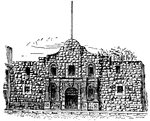
Alamo
The Alamo in San Antonio, Texas where the battle occurred during the war for Texan independence.
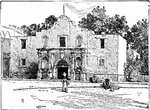
The Alamo
The Battle of the Alamo was fought in February and March 1836 in San Antonio, Texas. The conflict, a…
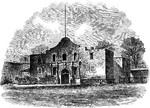
The Alamo
The Alamo, originally known as Mission San Antonio de Valero, is a former Roman Catholic mission and…
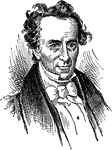
Stephen F. Austin
(1793-1836) Known as the "Father of Texas," he led the Anglo-American colonization of the region.

State Capitol at Austin, Texas
The Texas State Capitol, located in Austin, Texas, is the fourth building to serve as the seat of Texas…

Galveston
"Shelling of the batteries at Galveston by the United States war steamer South Carolina, on…
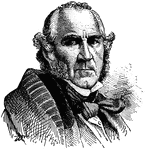
Sam Houston
(1793-1863) Leader of Texas who fought in the War of 1812. He was the governor of Texas once it became…

Sam Houston
(1793-1863) 19th century American politician who was a key figure in the history of Texas and President…
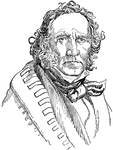
Sam Houston
The first and third President of the Republic of Texas, as well as the 7th governor of the state.
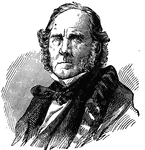
Samuel Houston
(1793-1863) Leader of Texas who fought in the War of 1812. He was the governor of Texas once it became…
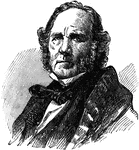
Samuel Houston
Samuel Houston (March 2, 1793 - July 26, 1863) was a 19th century American statesman, politician, and…
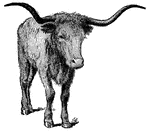
Texas Longhorn
A Texas Longhorn. They are characterized by their horns, which can grow up to 7 feet for a cow, or 36…

Topographic Architect Map
An architect's landscape map of a Texas Park illustrating a combination of conventional topographic…
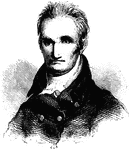
William Polk
(1816-1898) Military and Political leader of Texas. He raised Confederate troops in the West
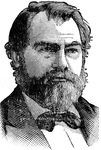
John Henninger Reagan
(1818-1905) Representative and Senator from Texas. He served in the cabinet of Jefferson Davis as Postmaster…
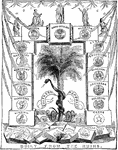
Southern Republic Built from the Ruins
A political cartoon of the Southern states being built from the ruins after the Civil War.
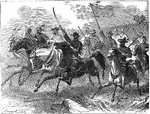
Texas Rangers
The Texas Ranger Division, commonly called the Texas Rangers, is a law enforcement agency with statewide…
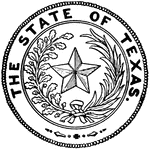
Seal of Texas
The Seal of Texas. The seal has simply a star which is a common symbol of Texas, an olive branch, and…
War in Texas
"The War in Texas. Brownsville, occupied by the army under Major General N. P. Banks, in 1863. The sudden…
